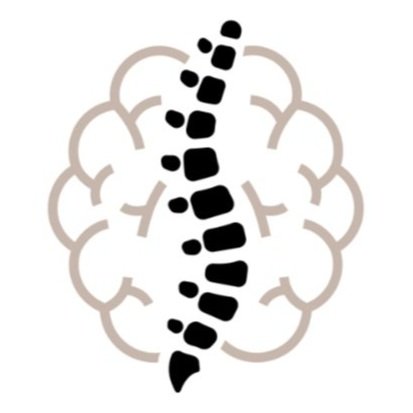What’s Dry Needling
Dry needling is a safe and non-invasive technique that is often used by physical therapists to treat a variety of conditions, including chronic pain, muscle spasms, sports injuries, and more. It involves the insertion of a thin, monofilament needle into the skin and underlying tissues, typically in the vicinity of trigger points or other areas of tightness or discomfort.
The needles are very thin and typically inserted only a few millimeters into the skin. While mild discomfort or soreness may occur following a dry needling session, serious side effects are rare.
Dry needling aims to release tension and promote healing by stimulating the body's natural healing response. It is believed that the insertion of the needles causes microtrauma to the affected tissue, which then triggers the body's natural healing response. This response may include the release of natural painkillers, increased blood flow and oxygenation, and the activation of the body's immune system.
Dry needling can be used to treat a variety of conditions including
Muscle pain
Joint pain
Headaches
Tendinitis
Scar tissue, and even some types of nerve pain.
The key benefits of dry needling include:
Provide rapid relief of pain and discomfort
Speed up the healing process for tendinitis and ligamentous injuries
Reduce muscle tension
Decrease muscular overactivity
Improve range of motion
Release of endorphins and other neurotransmitters
Improve blood flow and oxygenation
Sometimes, patients may experience immediate relief following a dry needling session. However, it is important to note that the effects of dry needling may vary depending on the individual and the specific condition being treated. To provide a more comprehensive treatment approach, it is highly recommended to use it in conjunction with physical therapy.
At Mind Body Physiotherapy, dry needling for TMJ disorders and tension headaches is widely utilized. Dry needling for migraines has also been demonstrated to produce incredible benefits.
If you are experiencing musculoskeletal pain or discomfort, it may be worth considering dry needling as part of your overall treatment plan.

